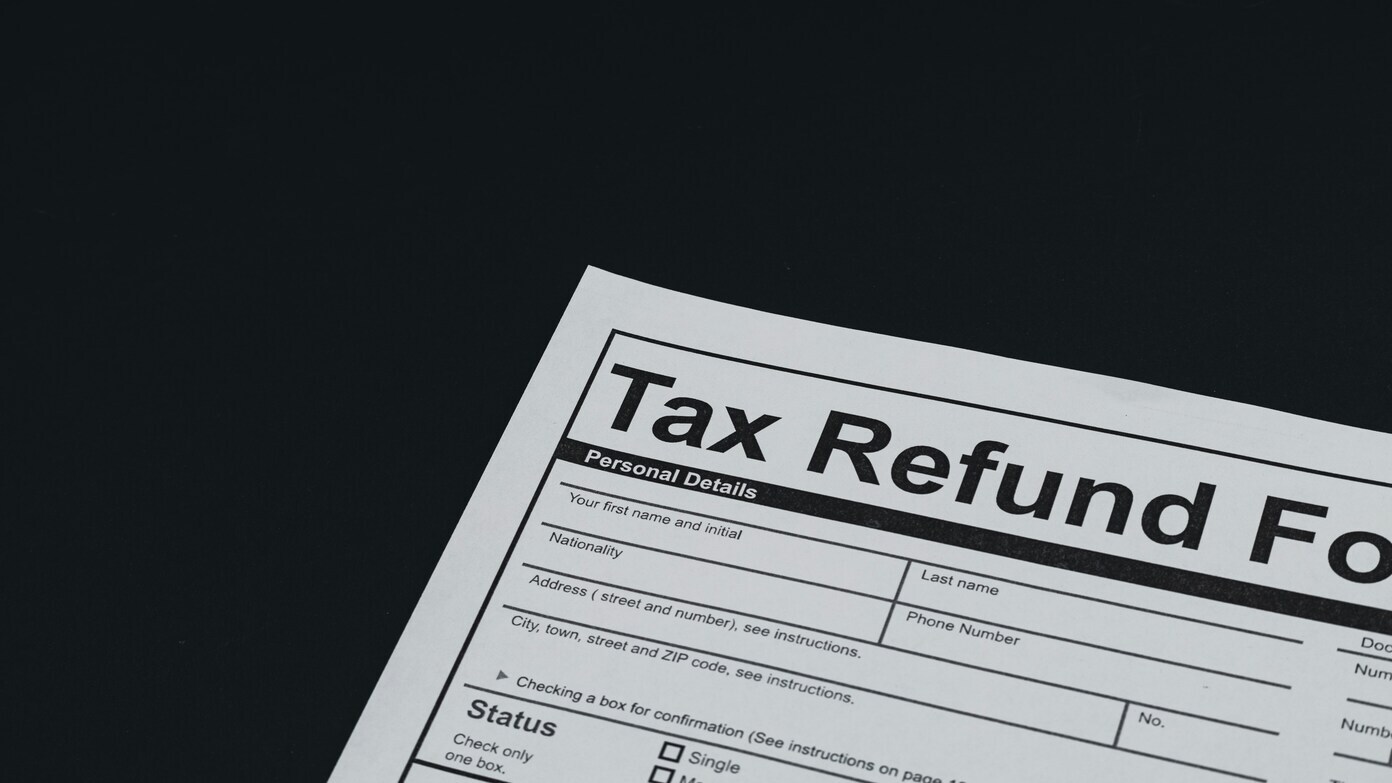Additional relief for retirees in 2026
The Internal Revenue Service (IRS) announced further increases to the standard deduction for tax year 2026 as a relief to millions of retirees and seniors across the country.
The change, which is part of the IRS yearly inflation adjustment, includes wider income tax brackets and higher standard deductions, as well as an increase of the extra deduction for individuals over the age of 65.
Additionally, President Donald Trump’s “Big Beautiful Bill” also offers a new temporary deduction for seniors who take itemised deductions— offering extra relief from 2025 through 2028.
Recommended topic: Americans will receive $4,000 checks from the $5.14 million accessibility agreement – The law applies before the October deadline in these states.
How do the new deductions work
For 2026, the increased standard deduction amount for senior and blind taxpayers has been raised slightly:
- Single filers and heads of household (age 65 and older): $2,050 (an increase from $2,000 in 2025)
- Married filing jointly: $1,650 for each qualifying spouse (up from $1,600 in 2025)
- Where both spouses are 65 or older: The extra amount is $100 more than last year
- Where both seniors are 65 or older and blind, the additional deduction is double:
- Single or head of household: $4,100
- Married filing jointly: $3,300 for each qualifying spouse
- These are meant to reduce taxable income for older Americans so that it will be simpler for them to make their dollars go further on a fixed income.
- New $6,000 temporary senior deduction
- The Big Beautiful Bill includes a new temporary $6,000 senior deduction for individuals 65 and above.
To qualify:
- Single filers must have incomes below $75,000
- Married couples must have incomes below $150,000
- The phased-out deduction increases for individuals above these income levels.
- This extra deduction can be claimed in addition to the standard or itemised deductions, giving further relief to seniors with higher medical or charitable deductions who still want to reduce their taxable income.
Remember, however, that this new advantage is temporary and sunsets after 2028 unless Congress acts to extend it.
Read this later: Goodbye to losing money on Wall Street – The 3 stocks Warren Buffett believes will skyrocket the most in the next 12 months.
Higher standard deduction rates in 2026
The standard deduction for all filers will also increase:
- Married filing jointly and surviving spouses: $32,200 (up $700)
- Single and married filing separately: $16,100 (up $350)
- Heads of household: $24,150 (up $525)
As the IRS points out, about 90% of taxpayers use the standard deduction rather than itemizing, so the changes will likely affect most filers.
What retirees should do next?
Since the 2026 proposals introduce fresh deductions, in addition to inflationary increases, the IRS is expected to release more guidance ahead of next year’s filing season.
Accountants suggest that retirees review their filing strategy early on and discuss it with a tax expert to ensure they can take advantage of all available deductions.
By knowing the new regulations, seniors can maximise their tax savings and prevent any mistakes in filing returns in 2027.
Recommended topic: Good news for thousands of Chicago residents—financial assistance of up to $6,500 is available if you meet these requirements and are a tenant
In short, retirees will be greeted in the 2026 tax year with bigger breaks and more flexibility — a small but worthwhile benefit for individuals who live on fixed or limited incomes.

